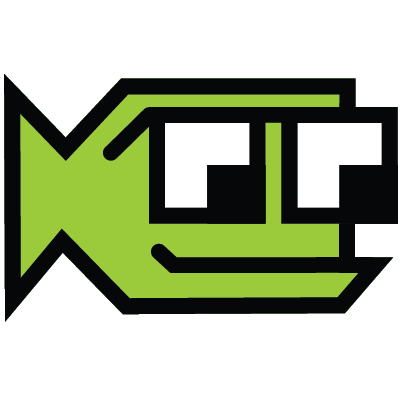Designer Toolkit: Pilot Metropolitan
A seriously fun fountain pen
Designer Toolkit is a new weekly series on Sketchbook B that will highlight an analog tool that designers should be using.
Why designers will love the Pilot Metropolitan:
Perfect for beginners. A Pilot Metropolitan is an easy fountain pen to start with and at an affordable price point. The Pilot nibs are first rate and easy to write with. Personally, I recommend the Medium nib, but you can compare nibs at Goulet Pens.
Choose your ink. The Metropolitan works with cartridges or a converter so you can use bottled ink. You can choose from an insanely wide range of colored inks and find the perfect signature color.
Colorful and fun. The Pilot Metropolitan comes in a range of colors and patterns that are fun and anything but a traditional fountain pen look.
ThinGs to know:
Converter. The Pilot Metropolitan comes with a “squeeze” converter in the box. For most pens, this is sold separately so it’s great that Pilot includes it. But if you are going to use bottled ink, I recommend purchasing the Pilot CON-50 converter. To me, it’s easier to use and I prefer the twist mechanism over the squeeze version.
Not a lot of ink. Compared to other fountain pens that I own, the Metropolitan doesn’t hold a ton of ink. So if you write a lot, you’ll need to refill more frequently. Not necessarily a problem... just something to be aware of.
Three styles. Like the look of a Metropolitan, but not ready for a fountain pen? The Metropolitan comes in two additional styles: rollerball and ballpoint. The rollerball has a cap and the ballpoint has a twist action. (In the US, the pens are sometimes marketed under the Pilot MR name.)
How much?
A Pilot Metropolitan fountain pen will run you about $15 at Jet Pens, Goulet Pens or Pen Chalet.
Bob Wertz writes about design, technology and pop culture at Sketchbook B. Bob is a Columbia, South Carolina-based designer, creative director, college instructor, husband and dad. He’s particularly obsessed with typography, the creative process and the tools we use to create. In his spare time, he tries (in vain) to improve his handwriting. Follow Bob on Twitter and Instagram.







